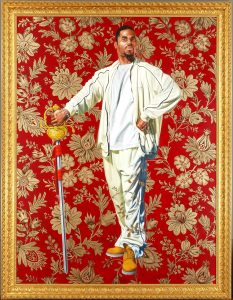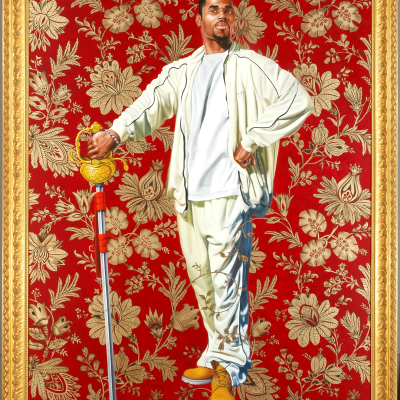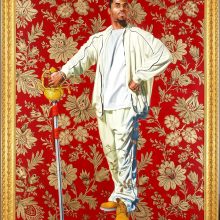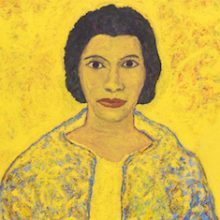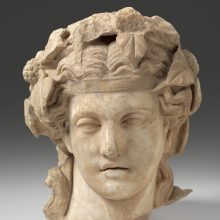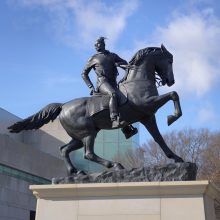Here, the Spanish artist Francisco Goya represents French General Nicholas Guye, who was the governor of the Spanish city of Seville when this portrait was painted. At this time, Spain was controlled by the French during the Peninsula War (1808-1814).
In October 1807, France and Spain signed a treaty to ally and invade Portugal. Both countries were interested in gaining control of the Iberian peninsula, Portugal itself, as well as overseas Portuguese territory. In addition, France, wanted to end Portugal's ongoing and lucrative trade with their enemy Britain.
In March 1808, Napoleon turned against his ally Spain and ordered French troops to advance on the Spanish city of Madrid, effectively occupying the country. Shortly after, Napoleon deposed the Spanish King and placed his brother Joseph on the throne. This move officially began the Peninsula War, also known as the War of Spanish Independence. On May 2, 1808, a popular uprising in the capital was crushed by the French. The event was immortalized in two paintings by Goya: The Second of May, 1808, and The Third of May, 1808. (Consider finding these images online to add to the conversation). The Peninsula War would continue until 1814 when combined British, Spanish, and Portuguese forces finally defeated France. Napoleon was sent into exile to the island of Elba.
The subject of this work, General Nicholas Guye, fought alongside Napoleon in many military campaigns and served as a loyal aid to King Joseph. The general wears the orders that show his successful career. He holds his bicorn, or two-cornered hat, with both hands, wears golden epaulettes, (ornamental shoulder pieces) that indicate his high rank and status as do his many medals. The red sash and cross of Knight Commander of the Royal Order of Spain hang around his neck. The Royal Order of Spain was founded by King Joseph of Spain in 1808 and was awarded for bravery on the battlefield. When Guye left Spain he was named an Officer of the Legion of Honor, the highest French order of merit established by Napoleon Bonaparte.
Guye was also one of Goya’s most supportive patrons and the artist has depicted him as a sympathetic human being, despite his role in invading Spain. Goya was likely sympathetic to the French for their efforts in liberating Spain from the Inquisition, which they abolished. Goya later went into exile in France, and died in the city of Bordeaux.
